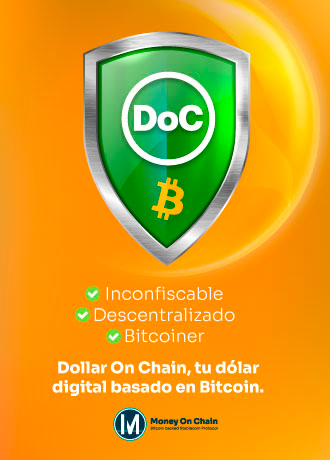El ya exitoso juego NFT Axie Infinity pasa a ser la coleccion de tokens no fungibles más negociados de la historia en el tercer trimestre del 2021, muy por encima de NBA Top Shot y Criptopunks, con un volumen de negociación de más de 2.500 millones de dólares. Según reportes de DappRadar, dicho volumen representa el 83% de su valor en negociación.

El ingreso de 800 millones de dólares sólo es superado por Ethereum. A finales de septiembre, el equipo habilitó el staking de AXS. Esto agrega una modalidad de ingresos pasivos a la vez que permite seguir jugando en la plataforma.En esa dinámica, 10.000 de los primeros usuarios de Axie recibieron recompensas por un total de 800.000 AXS que fueron distribuidas entre todas las billeteras. Axie Infinity produjo 2.080 millones de dólares en el tercer trimestre, lo que constituye el 19% de todo el volúmen de operaciones de todo el ecosistema NFT durante ese tiempo.
Hace poco, el estudio Sky Mavis recibió un fondo de 152 millones de dólares de a16z una firma de Venture Capital, con miras a desarrollar más el juego. próximanente, Axie Infinity permitirá batallas PVP mejoradas, características terrestres digitales, y su propio exchange descentralizado.
En otro orden de ideas, Axie Infinity lanzó el 14 de octubre su actualización 1.1.0a, en la que incluye entre sus características el reseteo de los Axies al nivel 1 cada vez que cambien de propietario y el regreso de la opción de desfiar a tus amigos.
✨Axie Infinity Version 1.1.0a Update
— Axie Infinity🦇🔊 (@AxieInfinity) October 15, 2021
También evita que las cuentas con un índice de emparejamiento inferior a 800 copas obtengan la moneda SLP de Axie en las aventuras, la arena o la misión diaria.
🚨@AXIEINFINITY UPDATE🚨
✅Improvements to the game’s performance
✅Axies will now reset to level one anytime they change owners
✅Challenges are back for friendly duels
✅ Accounts under 800 MMR will no longer receive SLP from adventure, arena, or the daily quest#Axieinfinity— Sam Withers 🌖 (@djsamwithers) October 15, 2021
Mejoras en el rendimiento del juego. Los Axies ahora se restablecerán al nivel uno cada vez que cambien de propietario. Vuelven los desafíos para los duelos amistosos Las cuentas por debajo de 800 MMR ya no recibirán SLP de la aventura, la arena o la misión diaria







Discussion about this post